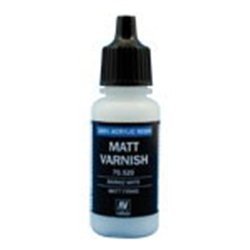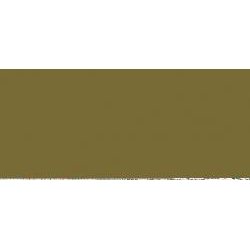Hydrocal can be easily painted using acrylic paints.Hydrocal is a plaster-like substance many modellers use for...
No products
Product successfully added to your shopping cart
There are 0 items in your cart. There is 1 item in your cart.
Search Tips
How should I paint metal figures?
Many manufacturers create metal figures for inclusion in kits or layouts. Some of these figures can be supplied pre-painted by the manufacturer for ease of use and to save time. That said many figures are supplied unpainted to satisfy the requirement of those modellers that prefer to paint their own figures.
Painting metal figures can be a very satisfying part of preparing a layout or diorama. For best results, there are a few steps that will help ensure a good and lasting result.
Ideally, the first step in the process is to give the figures a thorough clean. Place the figures in hot water ideally containing washing-up liquid. The detergent will help to loosen up any residual oils and chemicals from the manufacturing process. If these residues are present they can make it difficult for paint layers to properly adhere to the figures. Once the figures have been washed and allowed to dry then it is good to conduct any fine clean-up. This will involve any required filing and sanding or the removal of any burrs that may be present. The figures should be given a final clean in hot water with mild detergent to remove any lingering dust, filings or other fine debris. This will then ensure the figures are ready for the painting process.
At this point, it is a good idea to give the figures a complete coat of an appropriate coloured primer. This will adhere to the figures and fill any folds and recesses. Primer allows subsequent coats of paint to better adhere to the figures. The subsequent type of paint to be used is really a matter of personal choice. Both Acrylic or Enamel/Oil based paints work well on metal figures and come in a wide range of colours and tones. Once the required paint finish has been applied the figures will benefit from a final coat of varnish. This helps lock-in the paint and will also better protect it from subsequent handling, moisture and seasonal temperature effects.
Click here to receive the tips weekly in your mailbox. You can unsubscribe at any time.










